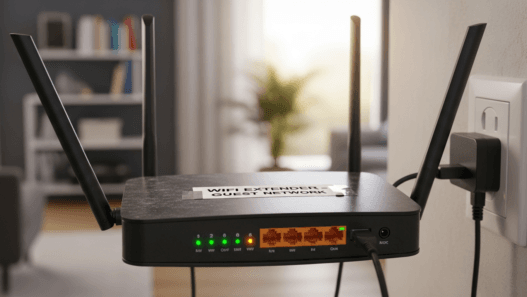MediaTek has announced its new flagship chipset for mobiles, the Dimensity 9400, a beast ready for artificial intelligence and foldable smartphones with three screens that will be the protagonists of the future.
MediaTek has just presented its new flagship chip, the Dimensity 9400, and it seems to be going strong. This little giant not only brings the typical improvements that are expected every year but also comes with some surprises that are going to fully affect the future of smartphones.
But, going by parts, the first thing that catches your attention is its energy efficiency. Made with 3-nanometer technology, it promises to use up to 40% less battery than its predecessor.
In terms of power, the Dimensity 9400 does not fall short. It comes with a main core that runs at 3.62 GHz, accompanied by other cores that give it an extra push. According to MediaTek, this translates to up to 35% faster performance on individual tasks and 28% better when it comes to multitasking.
But what really makes this chip stand out is its commitment to artificial intelligence. It includes what is already known by many as NPU, which allows AI models to be trained directly on the mobile. What is achieved with this? Basically, what you’re already seeing in the iPhone 16, although it hasn’t arrived yet, and the Galaxy S24, among many others, but going, as always, a step further.
MediaTek says the 9400 will be available on the market in the fourth quarter of this year
Leaving aside the present and going to the future, the Dimensity 9400 is already prepared for foldable smartphones with three screens, such as Huawei’s Mate XT. Although they have not yet been seen in stores, MediaTek is already thinking about how to make content look good on those extra-large screens, so it is expected that they will become the new trend in the next few years.
Of course, and taking into account that they cannot wait, the curious thing is that this chip will be ready to use before many of these features are ready in the future. MediaTek says you’ll see it on phones later this year, likely on Chinese brands like Vivo and Oppo.
However, it is unlikely that you will see phones with this chip in the United States or Europe, where Qualcomm continues to reign supreme in high-end Android.














